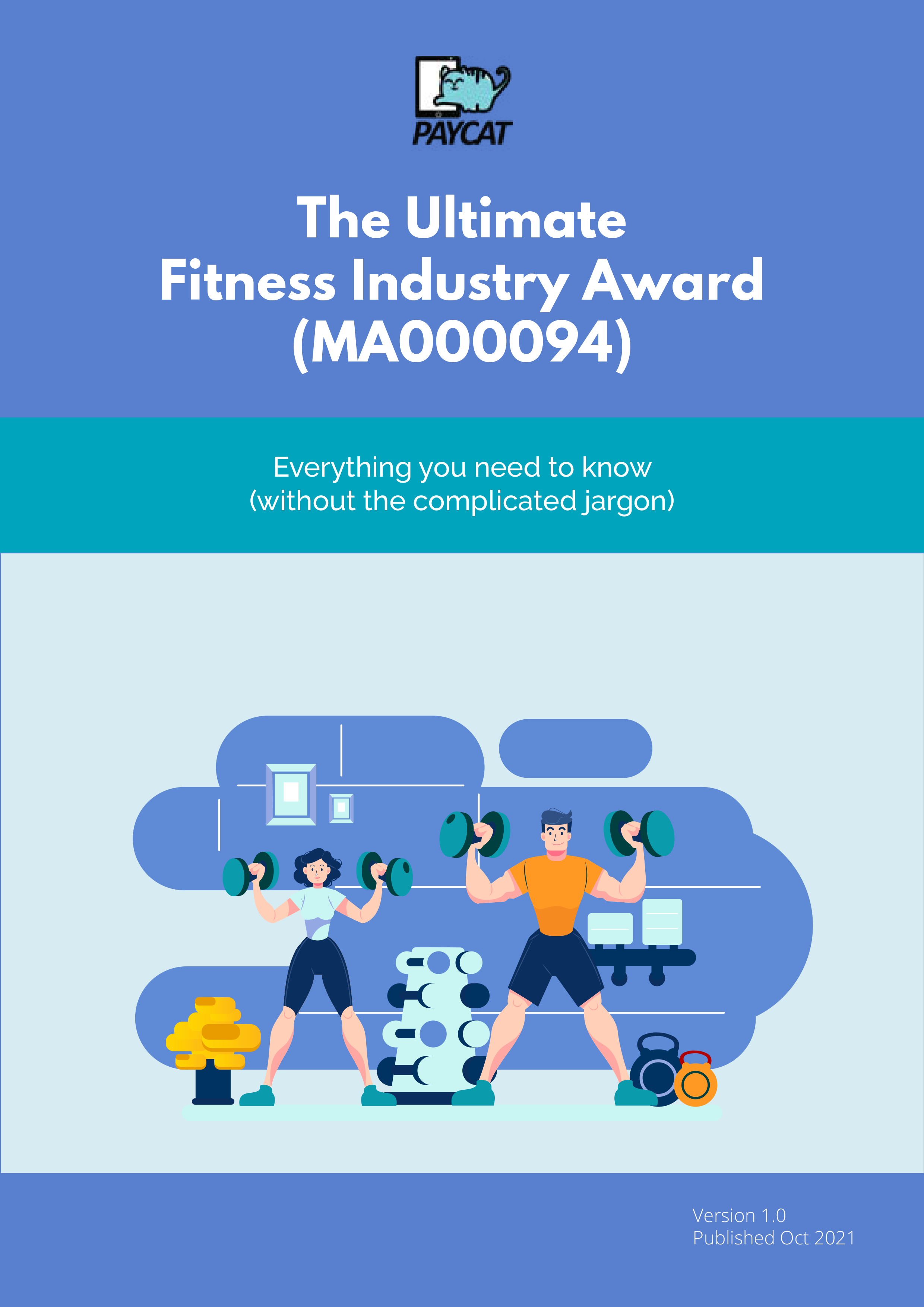The Fitness Industry Award (MA000094) covers employers working in the fitness industry and employees who fit within the award’s classifications.
While you can review the Fitness Industry Award on the Fair Work website, the document is often filled with complicated legal jargon, making it challenging to understand whether or not your fitness business is meeting all the compliance requirements.
With a recent focus on payroll compliance from Fair Work Commission Australia and media coverage of businesses guilty of wage theft, it’s more important now than ever that companies understand their payroll obligations and compliance regulations.
For example, in 2020, the Fair Work Ombudsman commenced legal action in the Federal Circuit Court against the operators of several Snap Fitness outlets in Sydney for wage underpayments. And in 2018, a swim school franchise network, Swimland, faced severe penalties after more than 1300 staff were reportedly underpaid a combined $1.4 million.
To help guide you in the right direction, we’ve created an easy-to-understand eBook that summarises all the essentials in the Fitness Industry Award. Our eBook also includes a payroll processing checklist and a classification table for your fitness business so that you can ensure you cover all your bases and remain compliant in terms of the Fitness Industry Award.
We’ve also put together this article to cover some of the conditions commonly missed in the Fitness Industry Award that you should know to ensure you fully understand how to be 100% compliant.
1. Leading Hand Employees Get Paid More
Generally, a leading hand is an employee who is placed in charge of two or more employees.
A leading hand is paid a weekly allowance according to how many employees they supervise:
2. Is Your Employee Required To Work on a Saturday or Sunday as Part of Their Ordinary Hours?
|
Rostered day of work |
Penalty rate for full-time and part-time employees (% of the ordinary hourly rate) |
|
Saturday |
125% |
|
Sunday |
150% |
Casual employees get paid a loading of 30% of their minimum hourly rate for Saturday and Sunday work.
3. Broken Shifts Are Only Permitted Under Specialised Circumstances
An example of a broken shift would be where an employee works one shift from 7.00 am to 1.00 pm and then a second shift that same day from 6.00 pm to 9.00 pm.
Under the Fitness Industry Award, employers can require employees to work broken shifts, provided that:
- the shift is not broken into more than two parts,
- the total length of each shift is not less than 3 hours (excluding breaks), and
- the combined span of hours doesn't add up to be more than 12 hours.
4. After Overtime, Employees Must Be Given 10 Hours Off
Where an employee works overtime and their next rostered working day is less than 10 hours after they finish working the overtime, then the employer must either:
delay the start time of their next rostered working day to allow a 10 hours break; or pay the employee 200% of the minimum hourly rate until the employee has a break of at least 10 hours.
But, an employee is not entitled to be paid at the rate of 200% if they have only worked three consecutive hours or less before the break between shifts.
Example:
Due to an upcoming gymnastics competition, Lara squeezed in a few more hours of training with the girls who would compete the next day. She also stayed up late finishing off the leotards for all the girls going to compete.
She worked 4 hours overtime and because she had to be back at the gym by 6.00 am to fetch the girls and transport them to the competition area, she didn’t have the required 10 hours off.
As a result, her employer was required to pay her overtime rates and 200% of her minimum hourly rate until she could have her next 10-hour break.
The competition finished at 3.00 pm, and she had finished transporting the girls home by 4.00 pm; Lara could take a much-needed break until her 9.00 am start time the following day.
This means that she was paid 200% of his minimum hourly rate from 6.00 am - 4.00 pm.
5. Employees Can Make Up Time Taken Off From Work
Example
Peter works at a local fitness centre and had to clock out of work three hours earlier than usual to get his vaccine. So instead of working between 7.00 am and 2.30 pm, he finished his shift at 11.30 am.
However, as per an arrangement with his employer, Peter can make up the time by working an extra hour over his next three shifts. This won’t be classified as overtime and instead will be his make-up time.
6. Public Holiday Work Requires Higher Penalty Rates
Under the Fitness Industry Award, any full-time or part-time employee required to work on a public holiday will be paid 250% of the minimum hourly rate applicable to their classification. Casual employees get paid a loading of 30% of their minimum hourly rate.
Key Takeaways
Most of the time, modern awards are difficult to comprehend because they're filled with many complex clauses written in a way that only lawyers can understand.
Beyond reading the Fitness Industry Award eBook and this article, given the complexity of the award, we have found that adopting Employment Hero's cloud payroll software to automate your compliance and help with labour cost control is a handy tool.
If you’re still feeling unsure about your compliance with the Fitness Industry Award, feel free to get in touch with us at Pay Cat to learn more about adopting Employment Hero cloud payroll software for the Fitness Industry Award (MA000094) or any other modern award.

